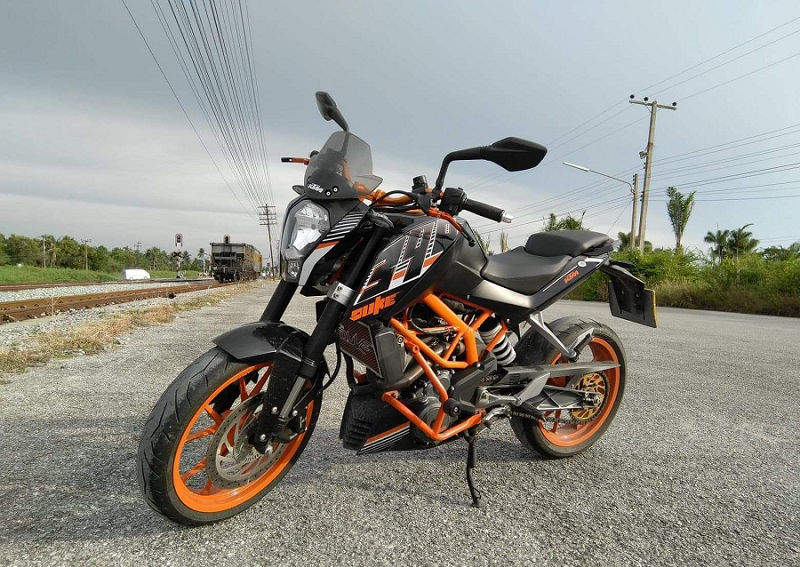In the world of two-wheelers, the allure of the open road and the freedom that comes with riding a motorcycle is hard to resist. For many enthusiasts, the idea of owning a motorcycle is a dream, and buying a used one can be a smart and cost-effective way to turn that dream into reality. In this guide, we’ll explore the benefits and considerations of buy used motorcycle (รับซื้อมอไซค์, Term in the Thai).
1. Cost-Effective Option
One of the primary advantages of buying a used motorcycle is the cost savings. New motorcycles depreciate rapidly in the first few years, and buying used allows you to avoid the initial depreciation hit. This means you can often get a high-quality bike for a significantly lower price than its brand-new counterpart.
2. Diverse Options
The used motorcycle market is vast and diverse, offering a wide range of makes and models. Whether you’re interested in a sportbike, cruiser, adventure bike, or a classic motorcycle, the pre-owned market provides ample choices. This diversity allows you to find a bike that suits both your riding preferences and budget.
3. Research is Key
Before diving into the used motorcycle market, it’s crucial to do thorough research. Identify the models that align with your preferences and needs. Look for reviews, reliability ratings, and common issues associated with the specific make and model you are considering. Websites, forums, and online communities dedicated to motorcycles are valuable resources for gathering information and insights from experienced riders.
4. Inspecting the Motorcycle
When you’ve found a potential candidate, a meticulous inspection is essential. Check for signs of wear and tear, examine the maintenance history, and inspect crucial components such as brakes, tires, and the drivetrain. If you’re not confident in your ability to assess a motorcycle’s condition, consider bringing along a knowledgeable friend or seeking the expertise of a professional mechanic.
5. Test Ride
A test ride is a crucial step in the buying process. It allows you to experience firsthand how the motorcycle handles and performs. Pay attention to how it accelerates, brakes, and handles corners. Listen for any unusual sounds, and ensure that all the controls are functioning properly. A test ride can reveal aspects of the bike’s condition that may not be apparent during a visual inspection.
6. Vehicle History Report
Request a vehicle history report to get insights into the motorcycle’s past. This report can reveal important information such as accidents, title status, and odometer readings. A clean history report adds confidence to your decision, while a problematic history may signal red flags that warrant further investigation.
7. Negotiation and Paperwork
Once you’re satisfied with the motorcycle and have agreed on a price, it’s time to negotiate and finalize the deal. Ensure that all necessary paperwork, including the title transfer, bill of sale, and any maintenance records, is properly handled. Verify the legal requirements for transferring ownership in your locality.
Conclusion
Buying a used motorcycle can be a thrilling and rewarding experience, providing you with the means to embark on new adventures on the open road. With careful research, inspection, and consideration, you can find a reliable and enjoyable ride that fits both your riding style and budget. So, gear up, hit the road, and enjoy the freedom that comes with owning a used motorcycle.





